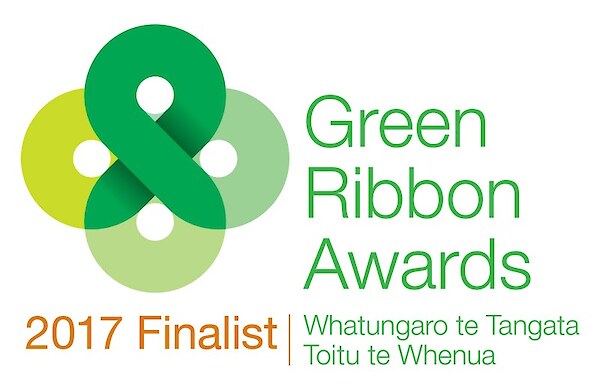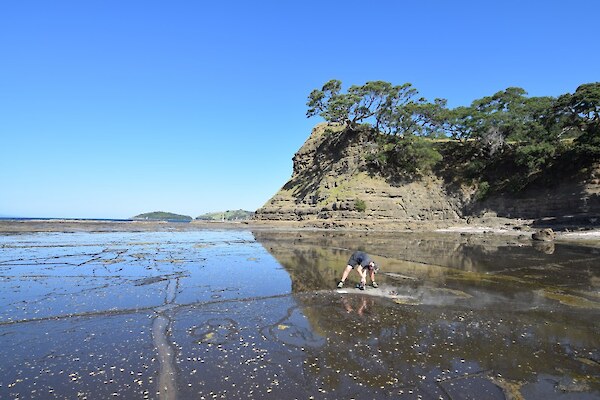 A Hutt volunteer group has been recognised for its efforts to restore the sand dunes at Petone Beach.
A Hutt volunteer group has been recognised for its efforts to restore the sand dunes at Petone Beach.
The Friends of Petone Beach won the award for Best Coastal Community group at the recent National Conference on Coastal Restoration, held in Christchurch.
Convener Graeme Lyon said the award was well deserved recognition for the group’s members who had planted thousands of native plants to rebuild the sand dunes in the last few years.
It was confirmation of a job well done and he hoped it would inspire members to keep up the good work.
‘‘It cheers them on and helps motivate people to keep doing what they’re doing.’’
The Friends of Petone Beach was formed in 2004 as part of the Petone Dune restoration project.
The aim of the project was to restore the natural features of the dunes along Petone Beach.
The group has been planting coastal species such as pingao, golden sand sedge and spinifex to help form the dunes which have been absent from parts of the beach for a long time.
‘‘It used to be just bare sand in front of the [sea] wall. There were hardly any [dunes] here 20 years ago.’’
Lyon said the dunes played an important role in trapping sand on the beach and minimised the effect of it blowing on to the Esplanade, into houses and further into Petone.
The dunes also serve to protect against potential rising sea levels, storm surge and tsunami damage, and contribute to the restoration of native biodiversity.
Aside from planting efforts, the group have also been working to eradicate foreign weeds such as gorse, broom and marram which are common European dune species that compete with local plants.
Lyon said the group’s aim this winter was to continue weeding and to concentrate on planting down the western end of the beach.
 Our nomination ‘Restoring natural form and function to our coastlines to benefit the public and the environment’ in the “Protecting our Coasts and Oceans” category has been short-listed as a finalist in this year’s Green Ribbon Awards.
Our nomination ‘Restoring natural form and function to our coastlines to benefit the public and the environment’ in the “Protecting our Coasts and Oceans” category has been short-listed as a finalist in this year’s Green Ribbon Awards.

